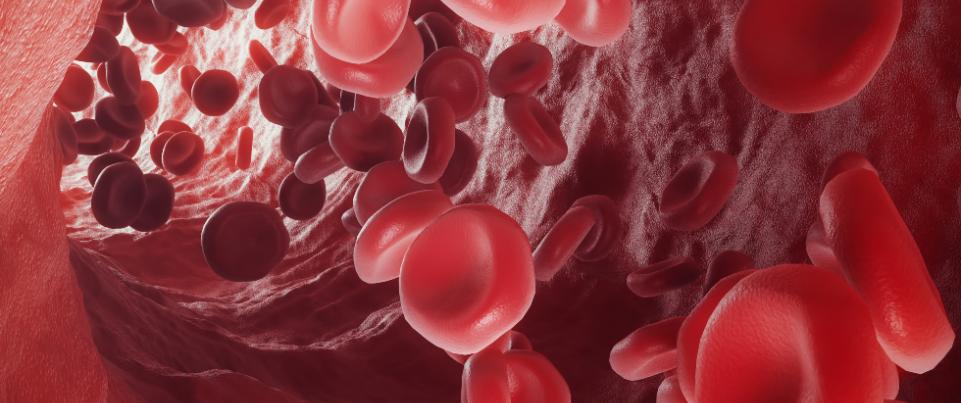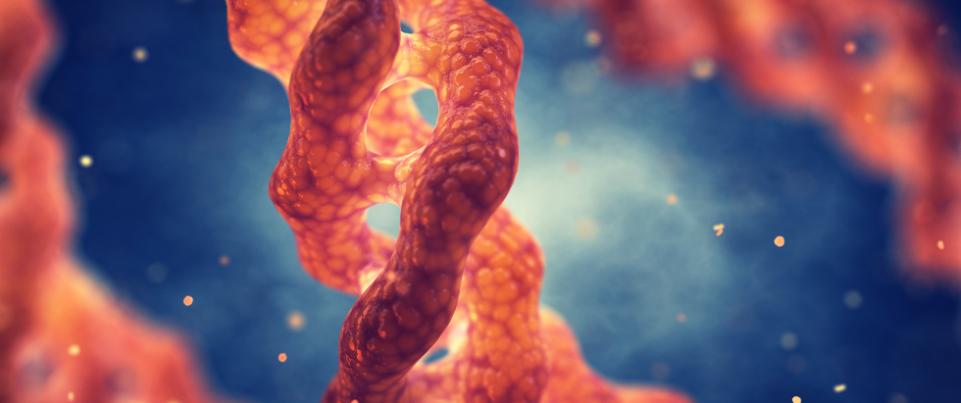
Researchers at the Laboratoire Arthrites Autoimmunes (Aix-Marseille Université/Inserm) have identified the mechanism behind the development of the anti-citrullinated protein autoantibodies that characterise rheumatoid arthritis.
|
Key points to remember:
|
A destructive joint disease
Rheumatoid arthritis is a destructive joint disease that affects around 0.5% of the world's population. It is said to be "autoimmune" because the immune system, which is supposed to defend us, turns against us and destroys the joints. At the moment, there is no treatment that can cure these patients.
The onset of the disease is preceded by the emergence of anti-citrullinated protein antibodies (ACPAs). These are found in three quarters of patients and can appear up to 15 years before the first signs of the disease. These ACPAs are likely to cause rheumatoid arthritis. Discovering the mechanism by which they develop is therefore essential to understanding and finding a way to prevent or cure the disease.
ACPAs recognise citrulline residues present on many proteins. Citrulline is an amino acid, one of the building blocks of proteins. Initially, it is an arginine, which is converted into citrulline by an enzyme: peptidyl arginine deiminase (PAD). This modification is found in all humans, but only rheumatoid arthritis patients develop antibodies against citrullinated proteins.
A mysterious mechanism of development
The mechanism that causes the appearance of ACPAs is still unknown. Traditionally, the production of antibodies directed against an antigen, i.e. a substance capable of triggering an immune reaction, requires the prior activation of T lymphocytes against this same antigen. However, in this case, the production of antibodies against citrullinated proteins is unusual: even though they recognise a very large number of citrullinated proteins (the antigens), the T lymphocyte response against citrullinated proteins is difficult to detect.
Researchers in the Autoimmune Arthritis Laboratory have hypothesised that T lymphocytes are activated when they come into contact with the PAD enzyme by a classic mechanism known as Hapten/Carrier. In this model, the 'carrier' would be the PAD enzyme, which helps to develop antibodies against the citrullinated proteins, the 'hapten', which are coupled to it.
This model has been demonstrated in mice: mice injected with the PAD enzyme produce anti-citrullinated protein antibodies. T lymphocyte activation is directed against the PAD enzyme and not against citrullinated proteins. In patients with rheumatoid arthritis, the T lymphocyte and antibody response directed against the PAD enzyme characterises the disease.
The laboratory has shown that the immune response against the PAD enzyme leads to the production of anti-citrullinated protein antibodies. They are currently developing a novel therapy to block the immune response against the PAD enzyme and thus prevent the production of ACPAs. This research could lead to a curative or preventive treatment for rheumatoid arthritis.
Reference : Roudier J, Auger I. " How does citrullination contribute to RA autoantibody development? " Nat Rev Rheumatol. 2023 Jun;19(6):329-330. doi: 10.1038/s41584-023-00959-9. PMID: 37016165.
This article was published on November 2, 2023.










